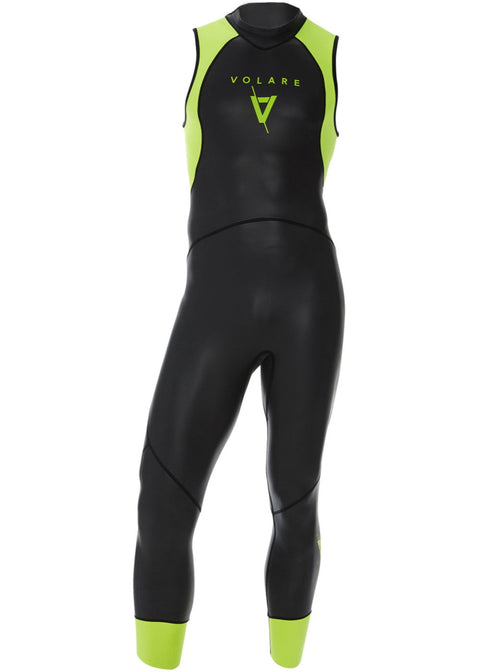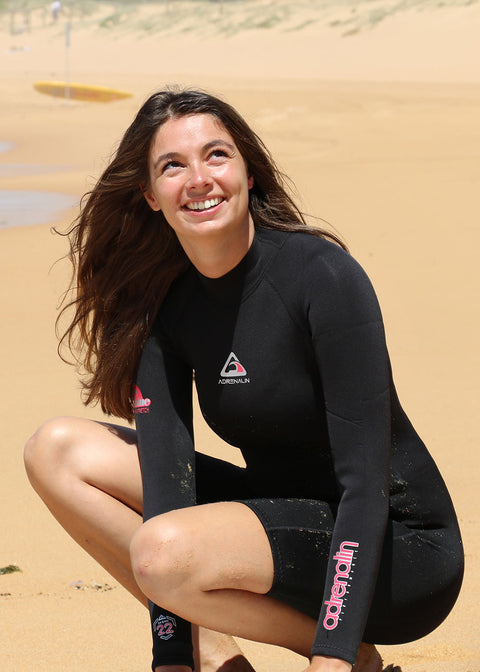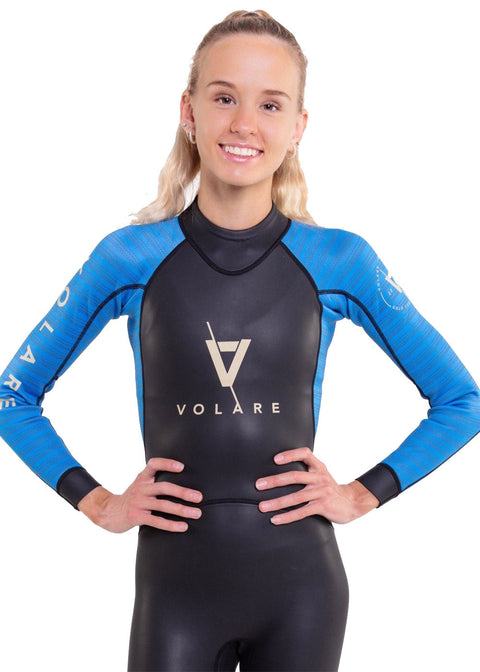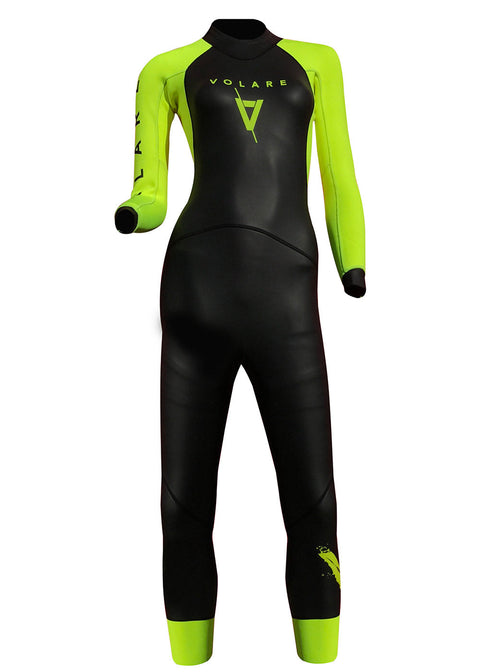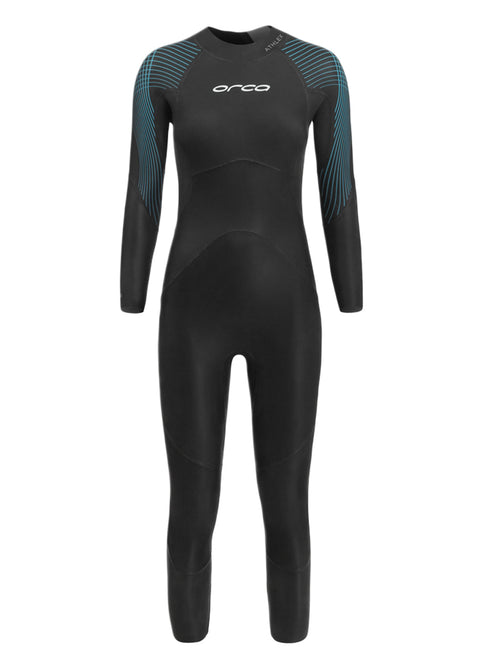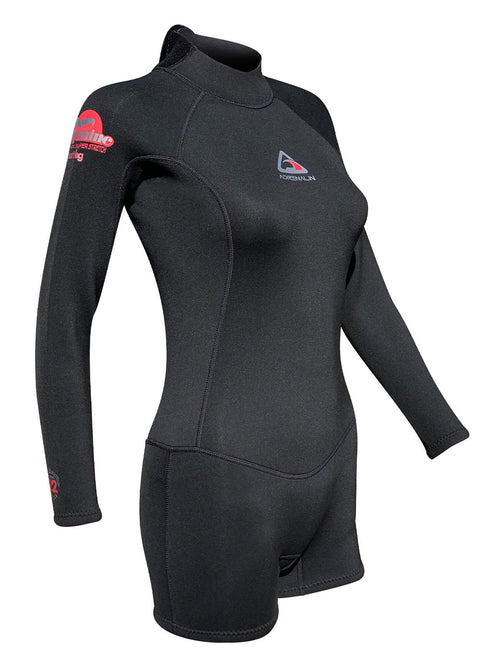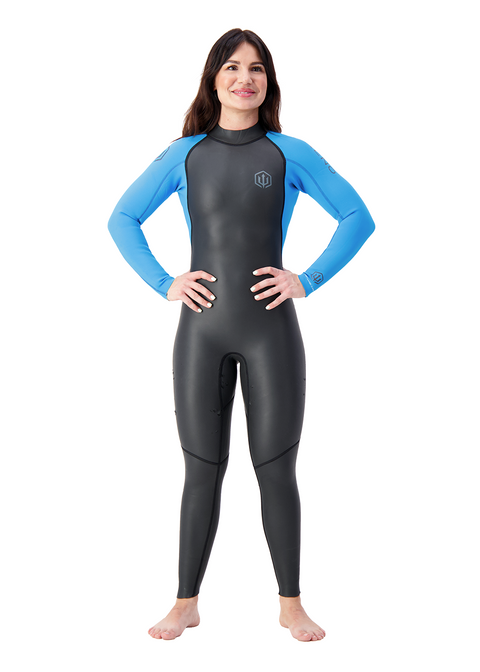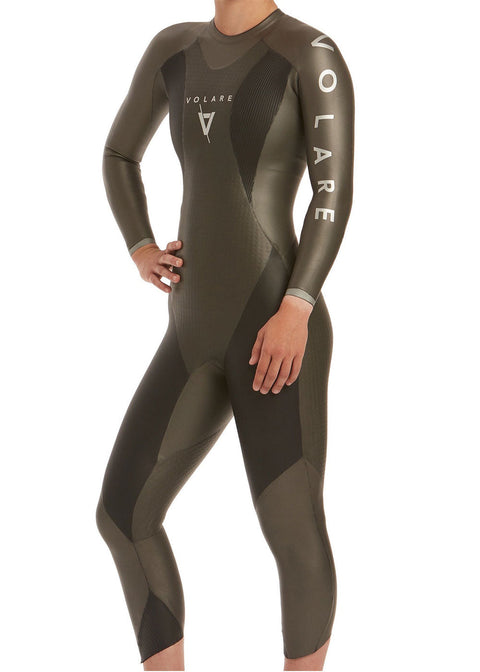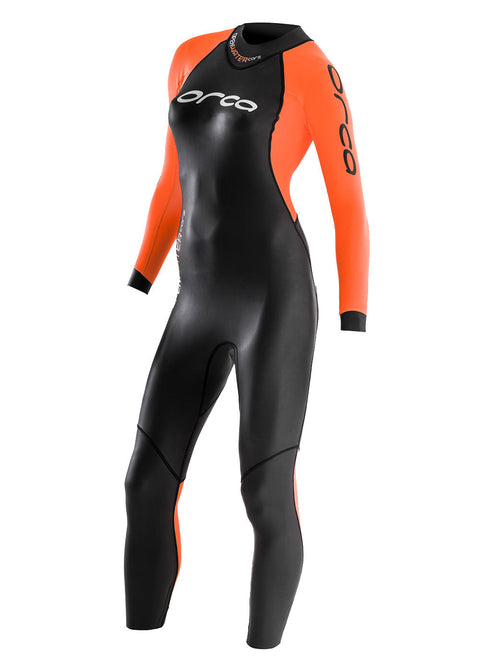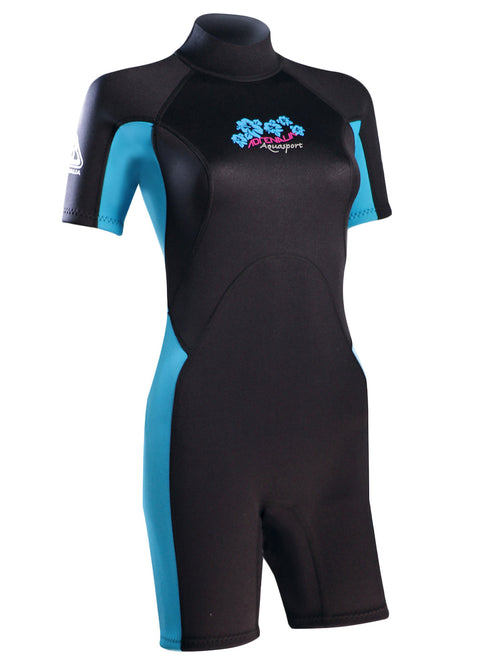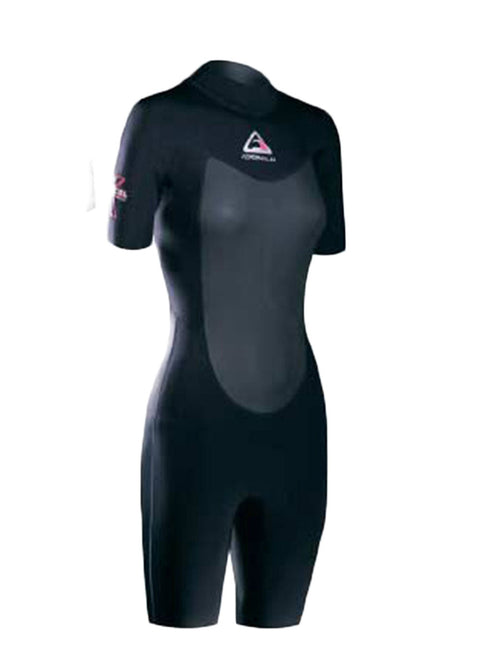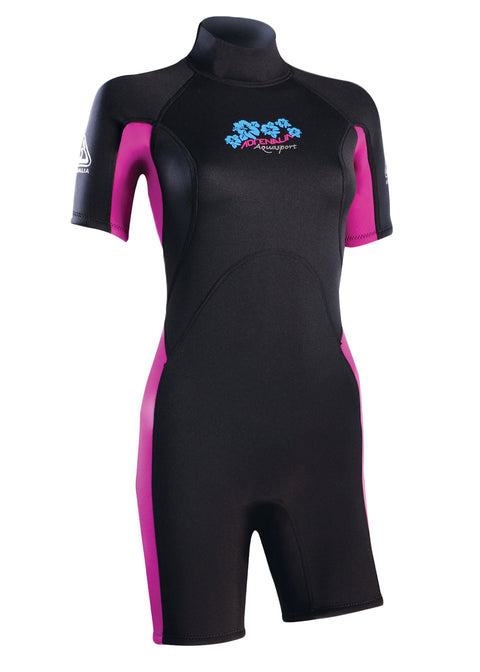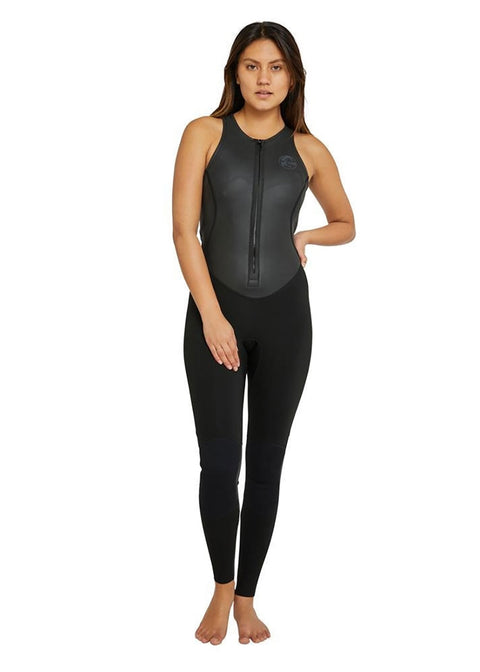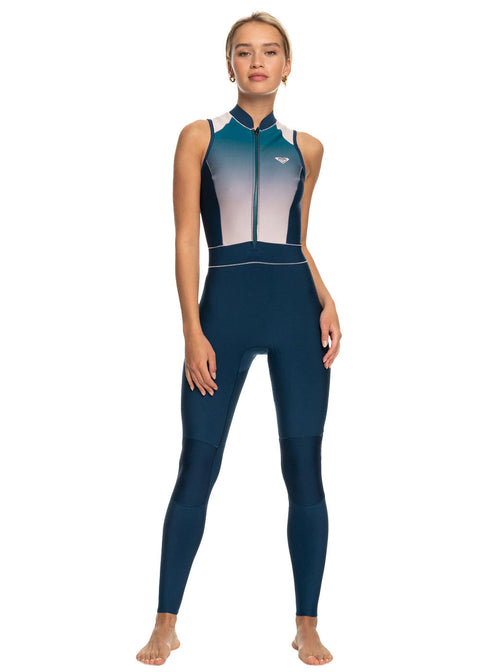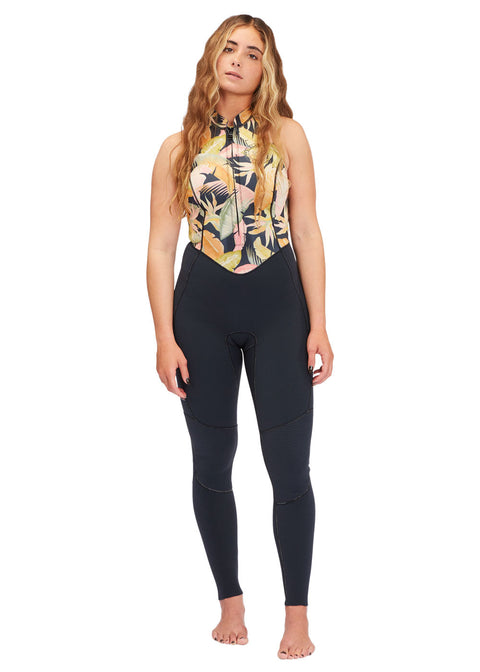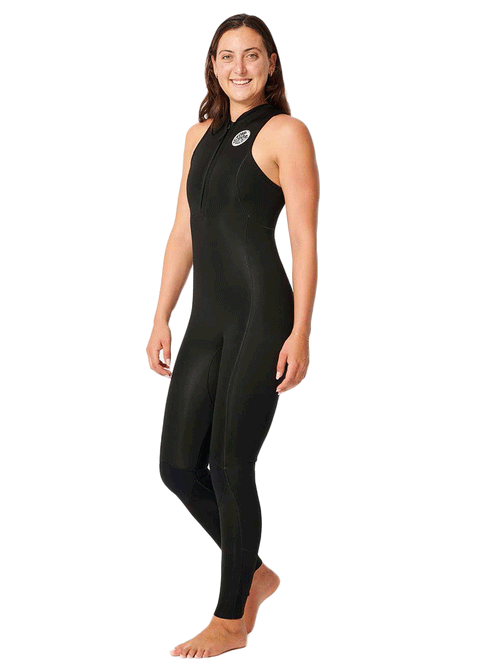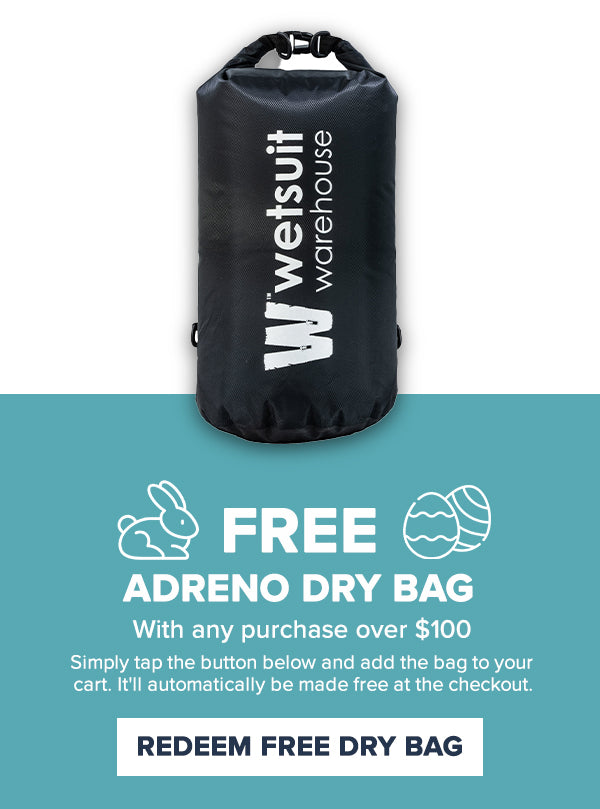Women's Swimming Wetsuits
Swim all year round in comfort and protected from the environment with a swimming wetsuit. The key design consideration that goes into a specialised Swimming wetsuit all... Read More
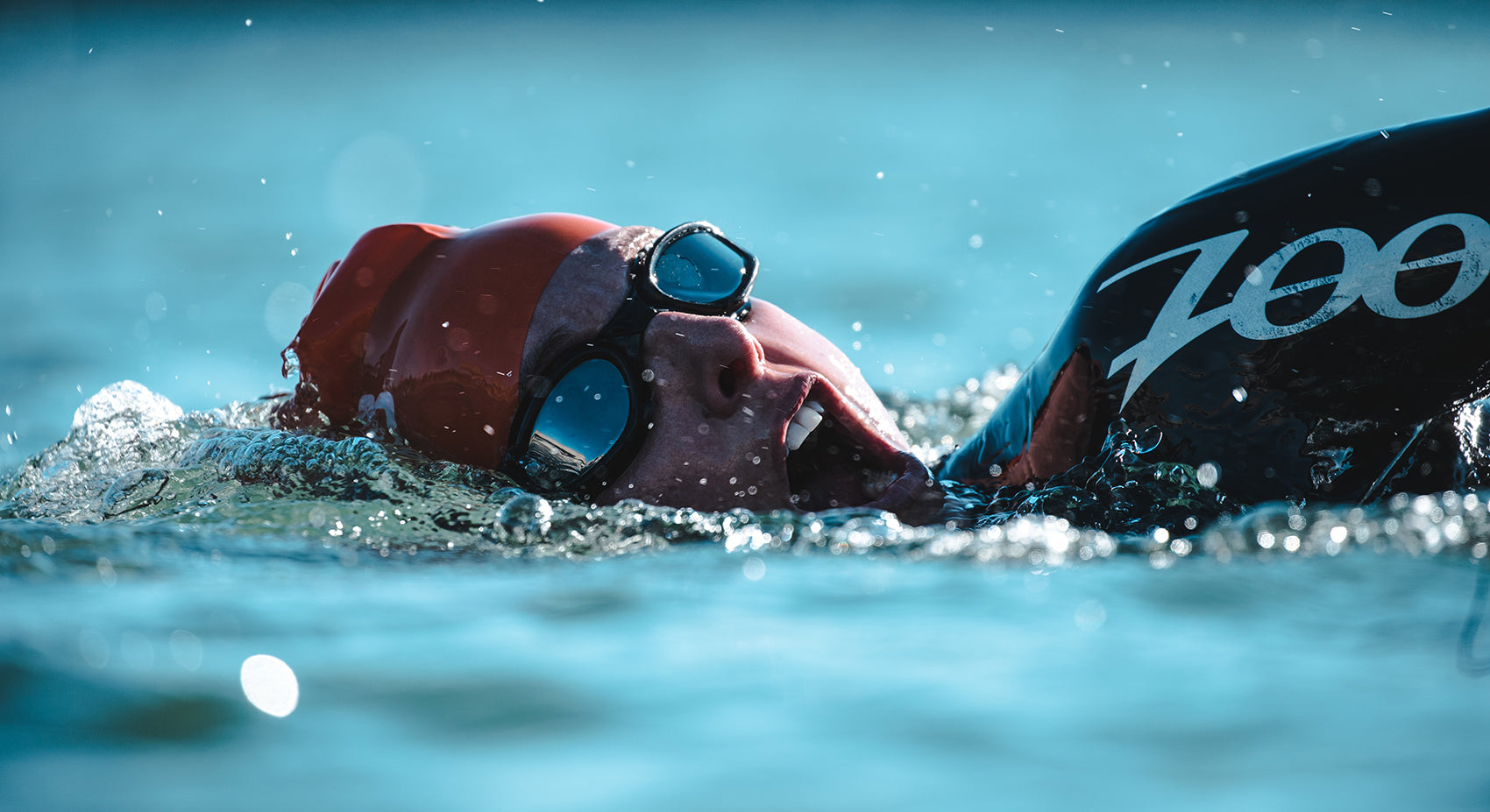
Women's Swimming Wetsuits
Swim all year round in comfort and protected from the environment with a swimming wetsuit. The key design consideration that goes into a specialised Swimming wetsuit all revolve around four key aspects: buoyancy, hydrodynamics, stroke flexibility and warmth. This may sound simple and the relationship between warmth, buoyancy and hydrodynamics are all affected by the thickness of the neoprene, more thickness means more warmth and warmth and to a lesser degree: hydrodynamics (because buoyancy lifts your body from the water, creating less drag) - hit the blog for more info on Neoprene nuances. These wetties are an especially important component of your kit for open water swimming or ocean swimming where temperatures are unregulated and extra buoyancy means added safety. Pool swimming requires wetsuits that are chlorine-resistant (for example Orca's line of wetsuits).
Conversely, flexibility is reduced as you increase the thickness because your body has to work harder to contort and extend the neoprene with your body. To combat this issue companies take one of two routes: they can lay thinner neoprene along the arms and under-arm gussets or, instead of going thinner, they deploy a neoprene with a greater volume of gas (typically nitrogen) to those aforementioned panels. Increasing cell volume within the neoprene does two things: decreases the overall volume of rubber in the neoprene which results in a less dense neoprene that is easier to stretch and elongate.
Furthermore, a specialised Triathlon wetsuit will generally integrate smooth-skin lined external jerseys, as opposed to the nylon lining found on most wetsuits. This smooth-skin is best described as a thin sheet of rubber. This material is important to triathlon suits because coated neoprene jerseys have the least amount of drag, hence why they call them smooth-skins!
To get the most out of your Triathlon Wetsuit we recommend washing it with Wetsuit Wash & reading our maintenan


